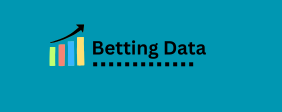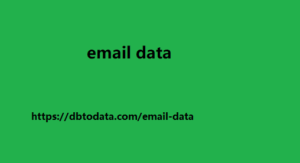Predictive analytics involves using historical data, statistical algorithms, and machine learning techniques to forecast future outcomes. By analyzing patterns and trends in past data, businesses can make informed predictions about future events. This technology helps organizations anticipate market changes, customer behavior, and operational inefficiencies, enabling them to take proactive actions and make smarter decisions. As industries become more data-driven, the importance of predictive analytics continues to grow across sectors like finance, healthcare, retail, and manufacturing.
Data Collection and Preparation
Effective predictive analytics begins with robust data collection and preparation. Raw data from various sources—such as customer transactions, social media activity, sensor data, and operational logs—must be cleaned and structured before analysis. Inaccurate or incomplete data can skew predictions and lead to faulty decision-making. This step often involves removing outliers, filling in missing values, and ensuring consistency across different datasets. The better the quality of the data, the more reliable the predictions will be, which is why data preprocessing is critical in the predictive analytics pipeline.
Machine Learning Models for Prediction
Machine learning (ML) algorithms play a central role in predictive analytics by automatically identifying patterns in data and learning from them. Common techniques include regression analysis, classification models, decision trees, and neural networks. These algorithms improve over time as they are fed more data, enabling cambodia email list businesses to refine their predictions. For example, a retail company might use predictive models to forecast demand for specific products based on historical sales data, weather forecasts, and even consumer sentiment extracted from social media. By leveraging ML, companies can make accurate, data-driven predictions with minimal manual intervention.
Applications Across Industries
Predictive analytics has found diverse applications across multiple industries. In healthcare, it is used to predict patient outcomes, optimize treatment plans, and identify potential health risks before they become critical. In finance, predictive models help in detecting fraudulent transactions and forecasting stock prices. Retailers leverage predictive analytics to optimize inventory management, personalize marketing campaigns, and improve customer experiences. As organizations continue to realize its value, predictive analytics will play an even larger role in shaping industry innovations.
Overcoming Challenges in Predictive Analytics
Despite its powerful potential, predictive analytics comes with several challenges. Data privacy and security concerns are paramount, particularly when dealing with sensitive consumer or patient information. Ensuring compliance with data protection regulations, like GDPR, is essential. Additionally, the lead management definition steps and best practices accuracy of predictive models can be compromised if the data used is incomplete, biased, or unrepresentative. Addressing these challenges requires strong data governance practices, continuous monitoring of model performance, and an understanding of ethical considerations when using data.
Overcoming these obstacles is crucial for the successful deployment of predictive analytics solutions
Future of Predictive Analytics As technology advances, the future of predictive analytics is increasingly promising. The rise of artificial intelligence (AI) and deep learning techniques will further enhance. The sophistication of predictive models, allowing businesses to gain deeper insights into their operations. Predictive analytics will also become more accessible to smaller organizations through cloud-based platforms job data and pre-built solutions. As data continues to proliferate across industries, organizations that harness the power of predictive analytics will gain a competitive edge. Optimizing everything from customer engagement to resource management and supply chain logistics. The future of predictive analytics is not just about prediction but about enabling businesses to act on insights in real-time, driving innovation and growth.

